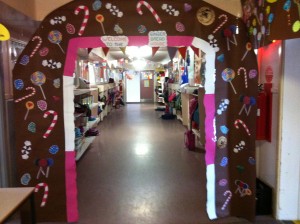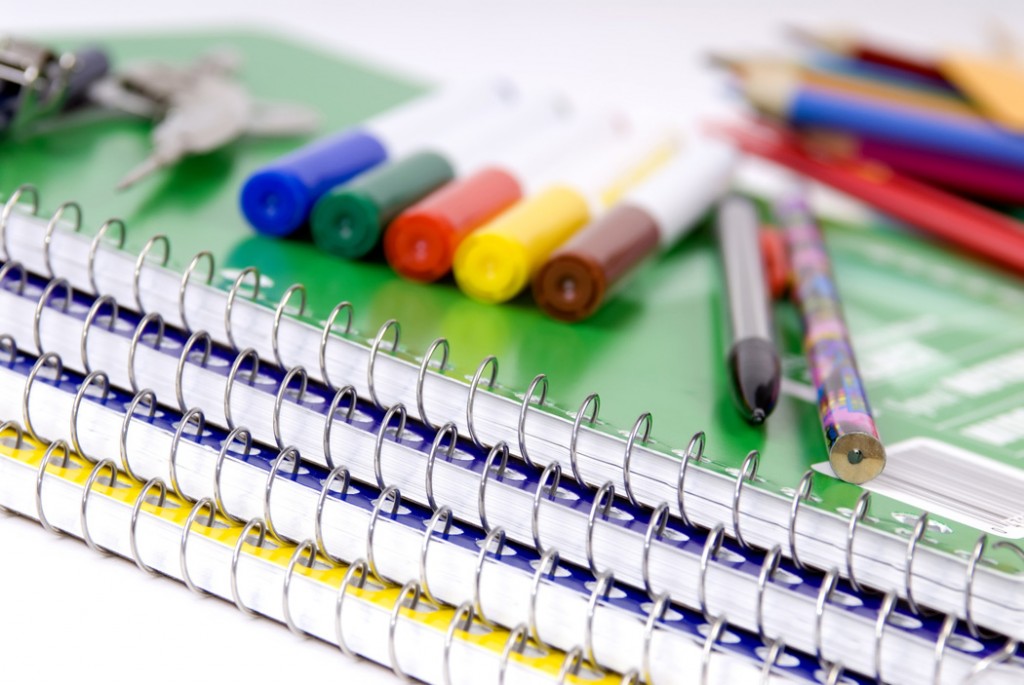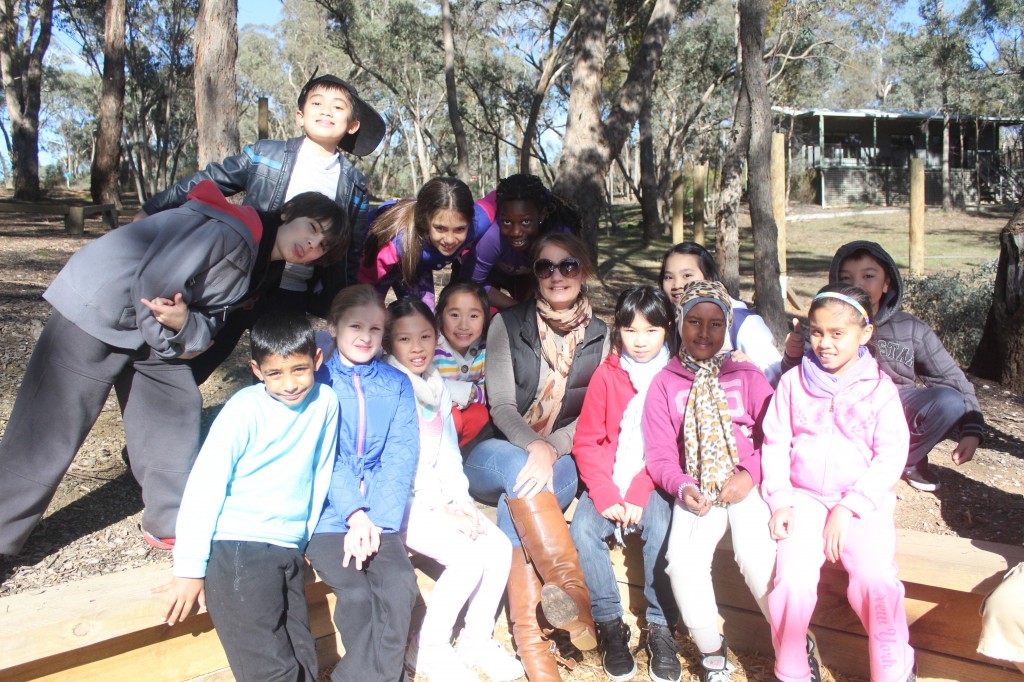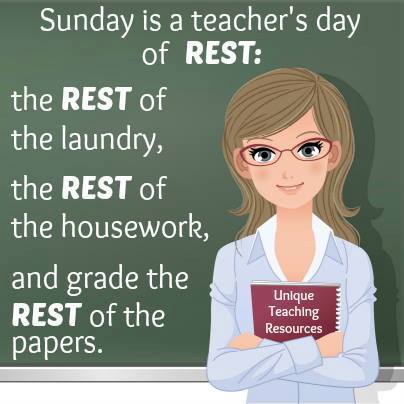Over the last two weeks, the Year 1,2, and 3s have been exploring fairy tales as a lead up to a visit to the Arts Centre Melbourne to watch Hansel and Gretel performed by the Victorian Opera. The tale was told in German with English subtitles on a screen. The Brothers Grimm first published the story in 1812.
 The teachers and children explored the tale and created a magical space in the school to prepare the children for the visit. One afternoon as I walked back to my office, I found myself entering a ginger bread house. A few days later, I spotted some interesting pictures of Hansel and Gretel with the witch on my door! I’m not too sure it there is a hidden message there! However, it is most enchanting to have my office so close to this celebration on literature.
The teachers and children explored the tale and created a magical space in the school to prepare the children for the visit. One afternoon as I walked back to my office, I found myself entering a ginger bread house. A few days later, I spotted some interesting pictures of Hansel and Gretel with the witch on my door! I’m not too sure it there is a hidden message there! However, it is most enchanting to have my office so close to this celebration on literature.
 Using all the senses to make meaning of the fairy tale, the 1/2 students made some gingerbread men and decorated their delicious treats in the Play and Say room.
Using all the senses to make meaning of the fairy tale, the 1/2 students made some gingerbread men and decorated their delicious treats in the Play and Say room.
And lucky me got to have one 🙂
Who can guess where I started?




